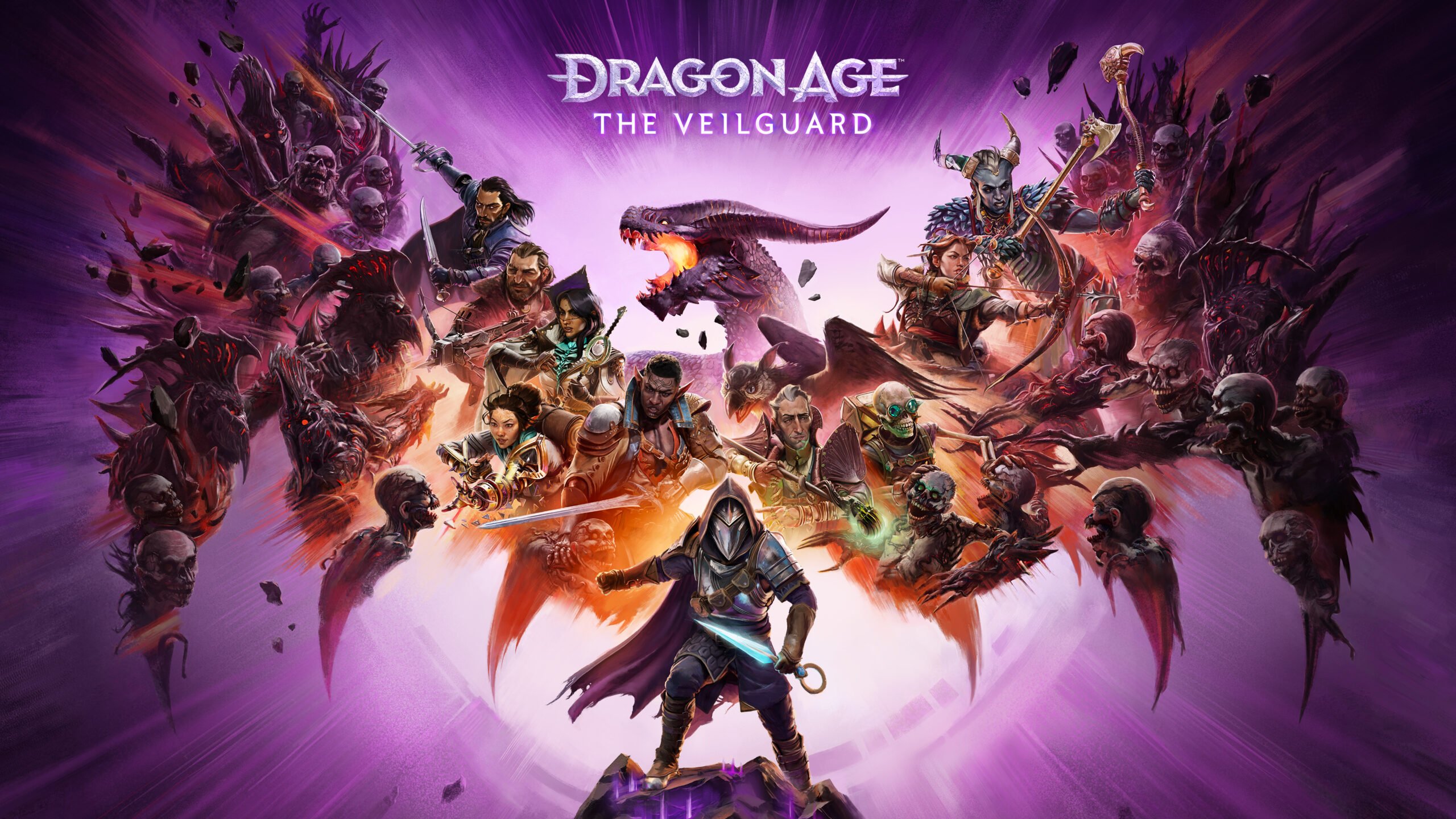The assumptions were correct: as part of the GTC keynote, Jensen Huang announced the new Ada Lovelace generation and introduced two new GeForce models.
It has been speculated for a long time, but now the time has come. Jensen Huang introduced the new GeForce RTX 4000 generation and it seems to have it all. However, for the time being only for gamers with a very full wallet, because NVIDIA has so far limited itself to the high-end models RTX 4080 and 4090.
The RTX 4090 with 24 GB GDDR6X memory will be the new flagship of the generation and is scheduled to be launched on October 12th. It won’t be cheap, the card is priced at $1,599. The card is said to be twice as powerful as the RTX 3090 Ti, depending on the application. The card is equipped with 16,384 CUDA cores and should be at the level of the RTX 3090 Ti in terms of power consumption. In terms of performance, 83 shader Tflops, 191 RT Tflops and 1,321 tensor Tflops are specified.
The RTX 4080 comes in two flavors. The 12GB GDDR6X variant with 7,680 CUDA cores starts at $899, and the 16GB variant with 9,728 CUDA cores starts at $1,199. The release of the two models is scheduled for November. The RTX 4080 should also surpass its predecessor with twice the performance and around 10 percent less power consumption.
The GeForce RTX 4090 and 4080 GPUs are available as standard clock custom boards and factory overclocked models from top add-in partners such as ASUS, Colorful, Gainward, Galaxy, GIGABYTE, Innovision 3D, MSI, Palit , PNY and Zotac may be available.
The new generation comes in the 4N manufacturing process, which allows up to 76 billion transistors and 18,000 CUDA cores to be used, which should enable up to 90 Tflops. Furthermore, the cards have both new RT and tensor cores. The connection is made via the new PCIe Gen-5 16-pin cable, appropriate adapters for older power supplies than the new ATX 3.0 models should be included.
Powered by new fourth generation Tensor cores and a new Optical Flow Accelerator on the GeForce RTX 40 series GPUs, DLSS 3 is the latest version of the company’s DLSS technology and introduces a new feature called “Optical Multi Frame Generation” a. It creates entirely new frames, not just pixels, resulting in amazing performance gains.
The first showcase to be released is an RTX and DLSS remaster of Portal, which will be available as a free update for Portal owners after the maps are released. With RTX Remix, a modding tool was also announced that should visually help old games based on AI.
As expected, NVIDIA announced the new RTX 4080 and 4090 graphics cards at the GTC.










